Product Description
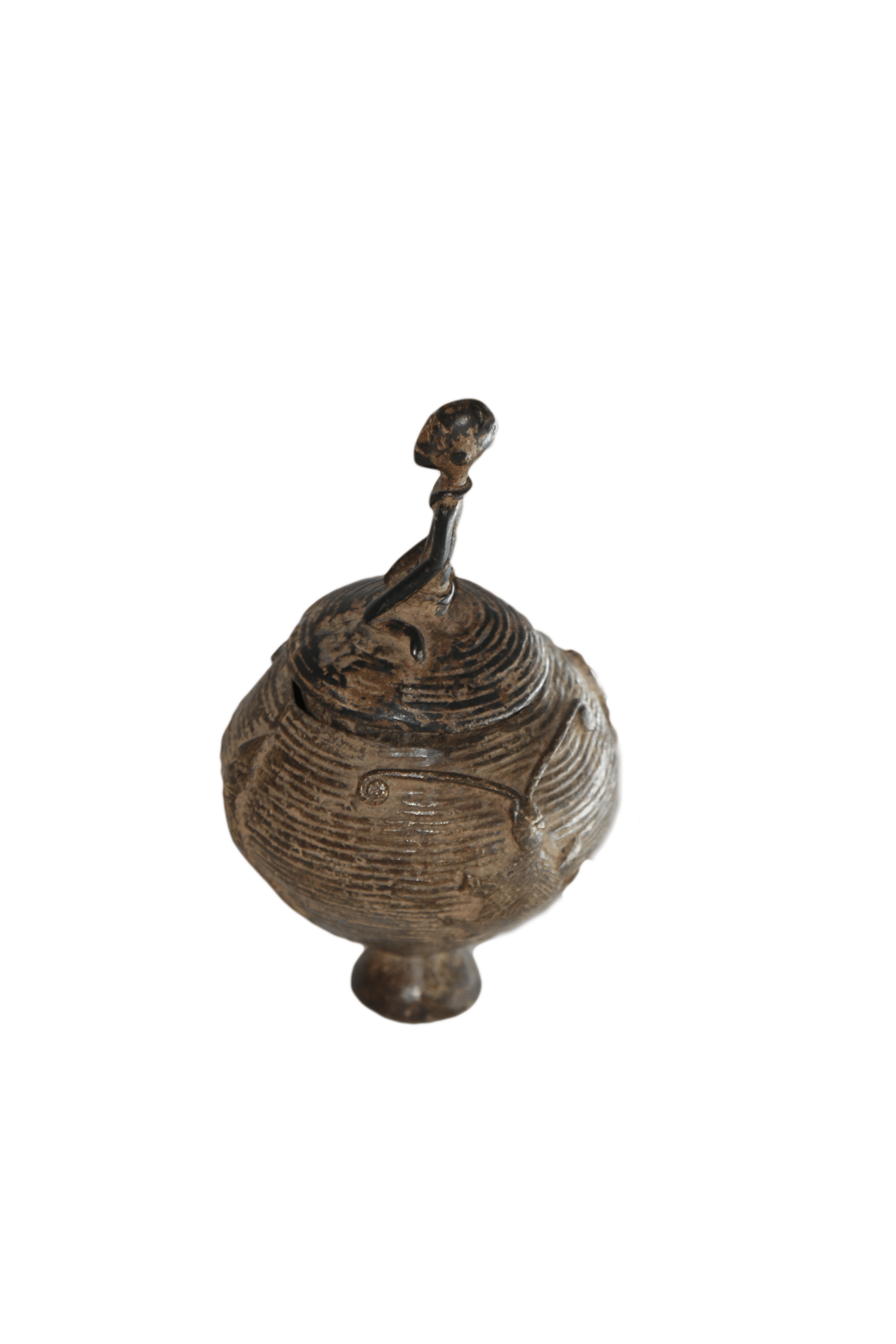
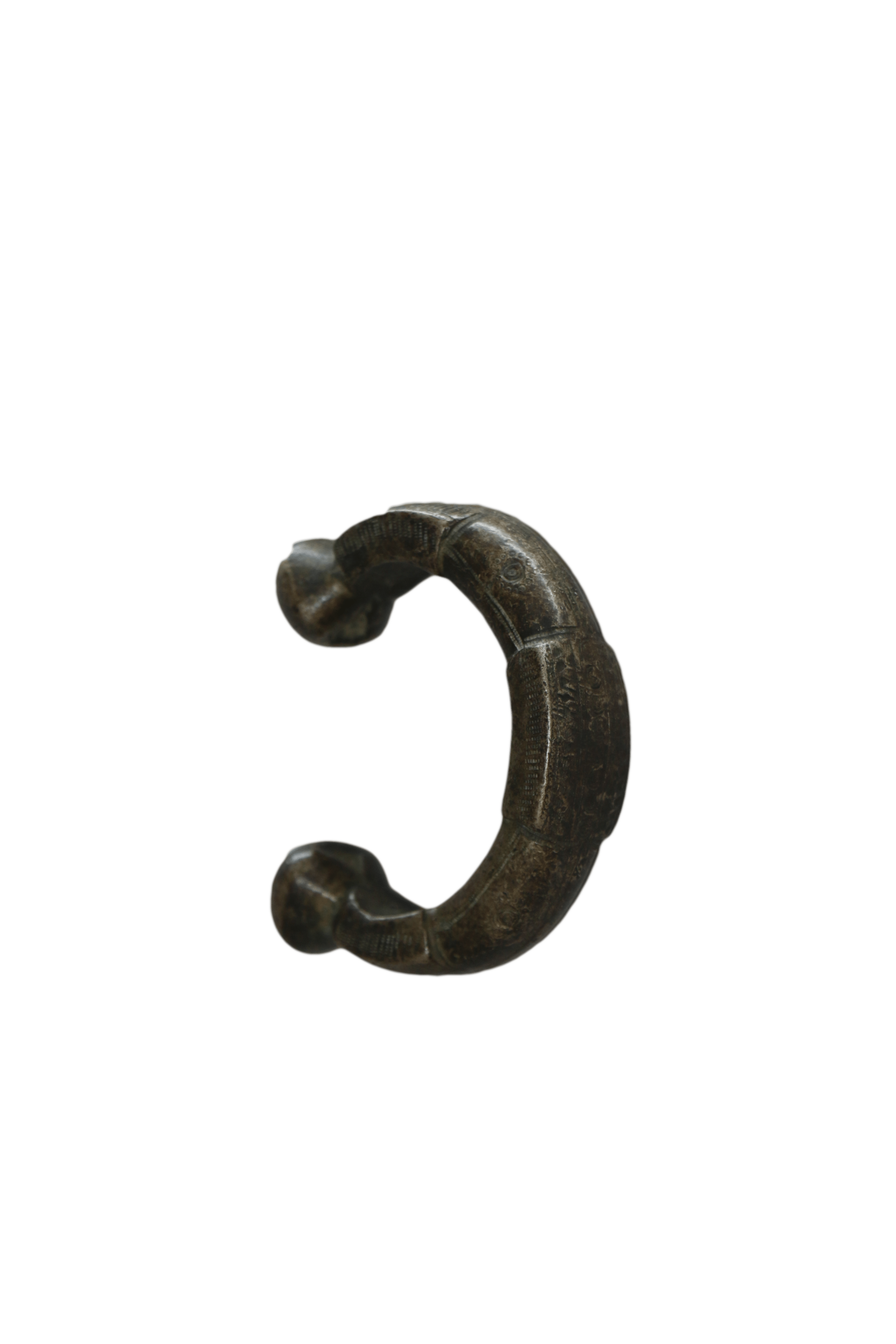
Bronze Cameleon, Dogon-Mali
Dogon Zoomorphic Iron forged sculpture depicting a cameleon. Dogon are famous for their small cast figures and objects, which despite their small size, express status, prestige, and power such as this hand-carved staff. Known for their art as well as their remarkable villages along the heights of the Bandiagara escarpment in Mali, Dogon art remains today some of the best known and most collected African art.
Made of 100% Brass / Bronze
Model is W 9 â H 27 and weight 0.3 kg.
Additional information
| Weight | 0.3 kg |
|---|---|
| Dimensions | 9 × 27 cm |
| Color | |
| Material |
Leave a reply Cancel reply
Returns and Exchanges
There are a few important things to keep in mind when returning a product you purchased.You can return unwanted items by post within 7 working days of receipt of your goods.
- You have 14 calendar days to return an item from the date you received it.
- Only items that have been purchased directly from Us.
- Please ensure that the item you are returning is repackaged with all elements.
Ship your item back to Us
Firstly Print and return this Returns Form to:
30 South Park Avenue, San Francisco, CA 94108, USA
Please remember to ensure that the item you are returning is repackaged with all elements.
For more information, view our full Returns and Exchanges information.

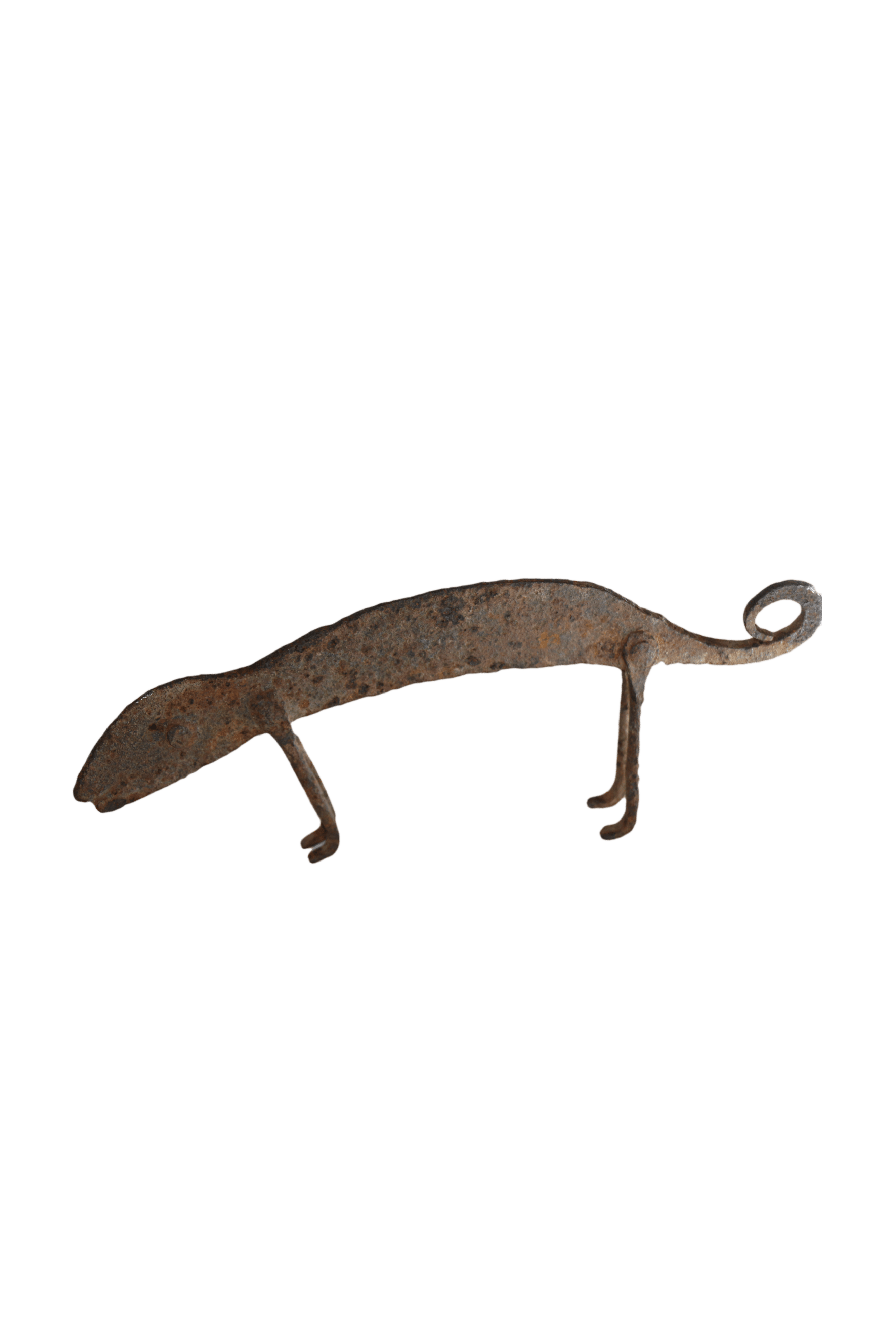
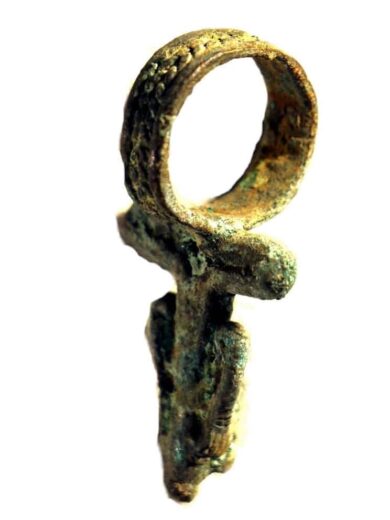

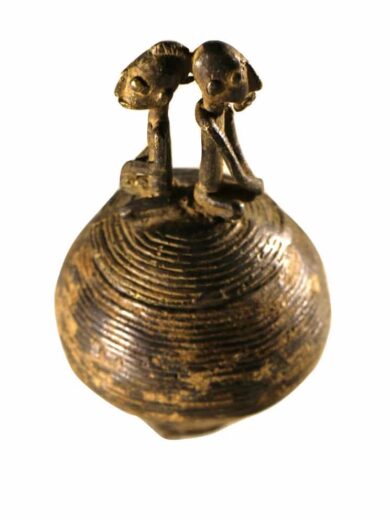
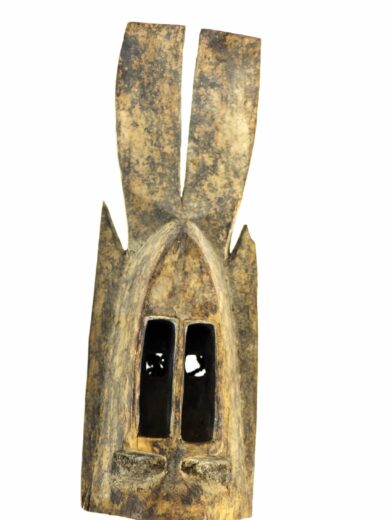

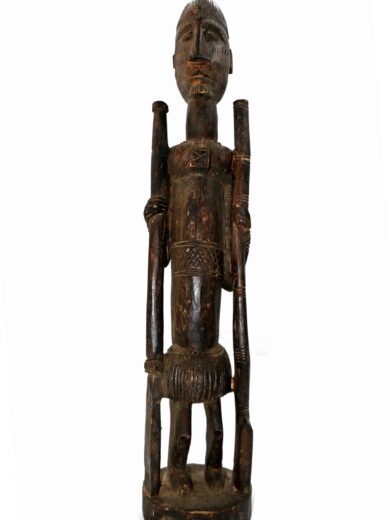
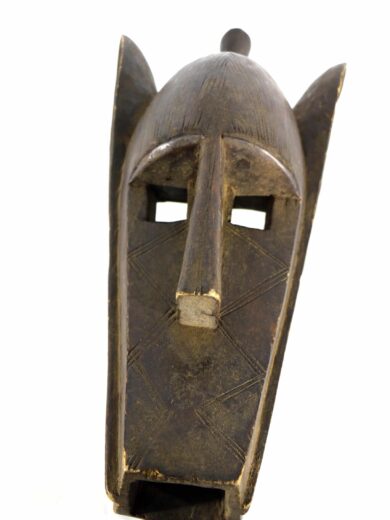
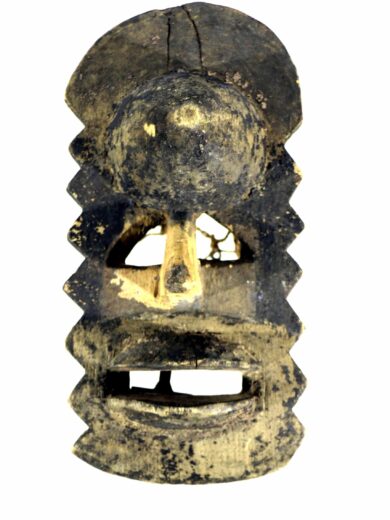

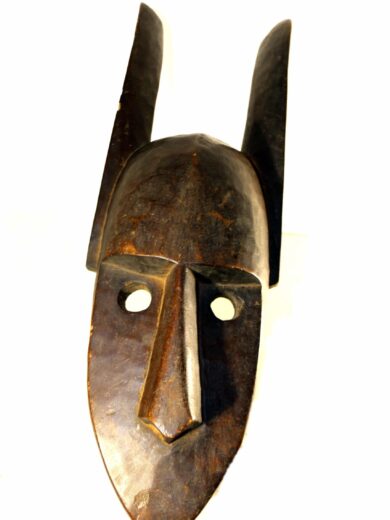

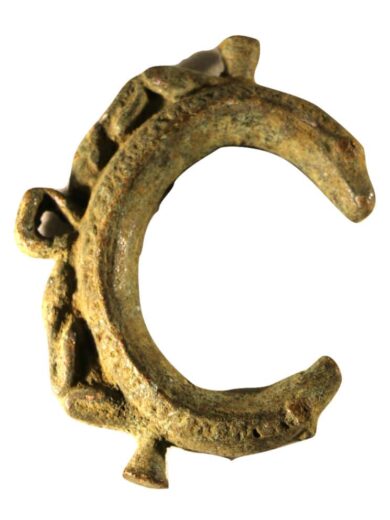
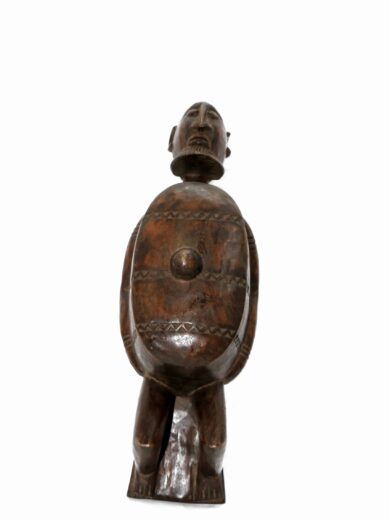
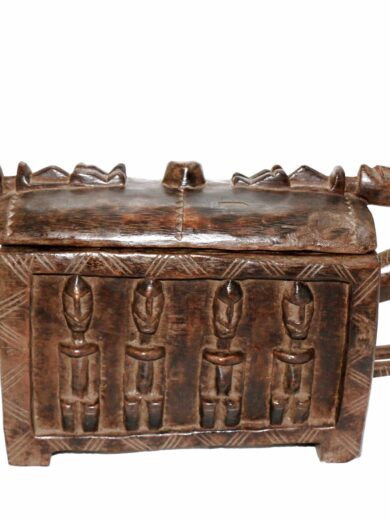
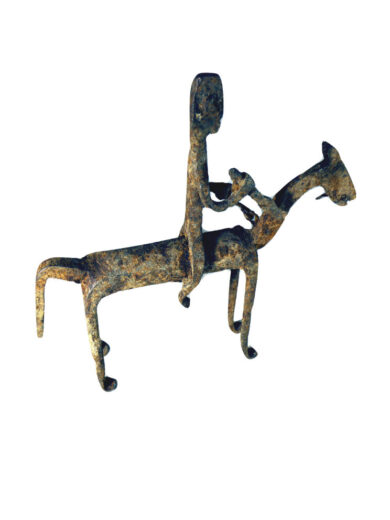

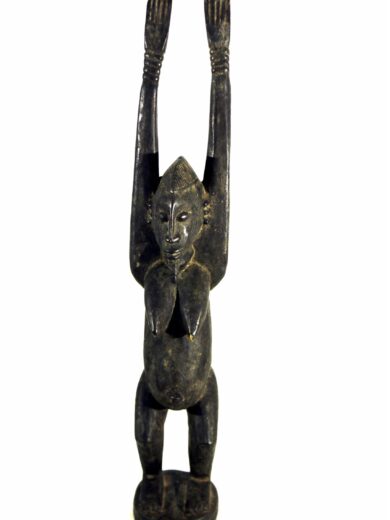
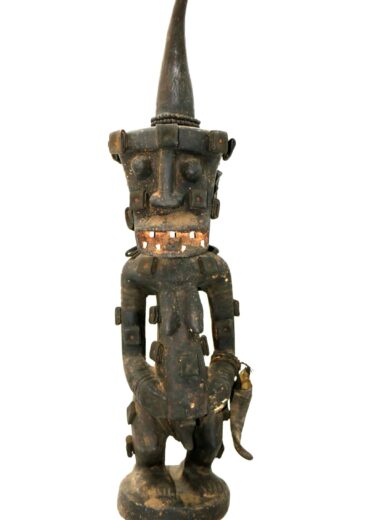
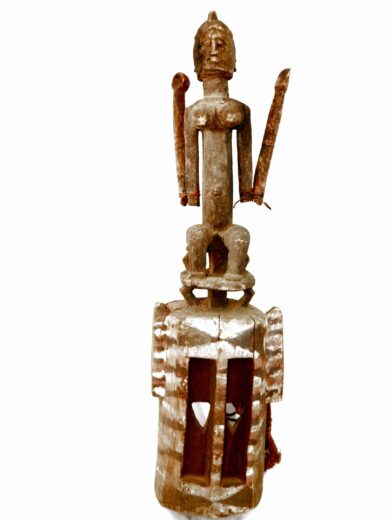
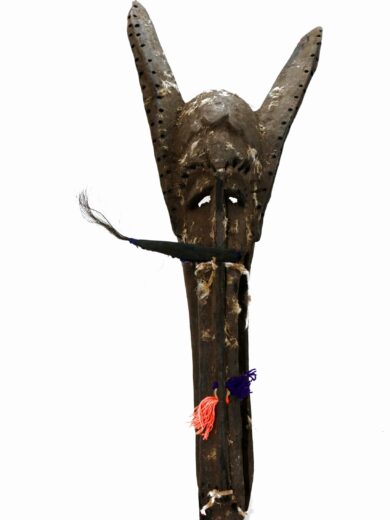

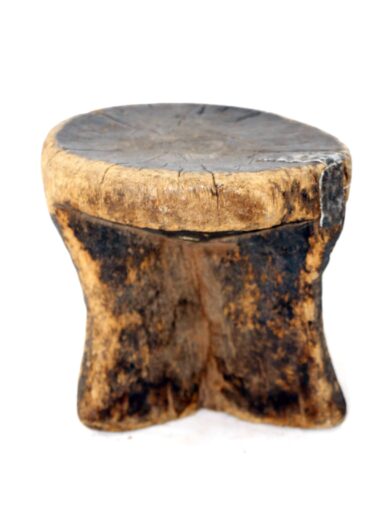
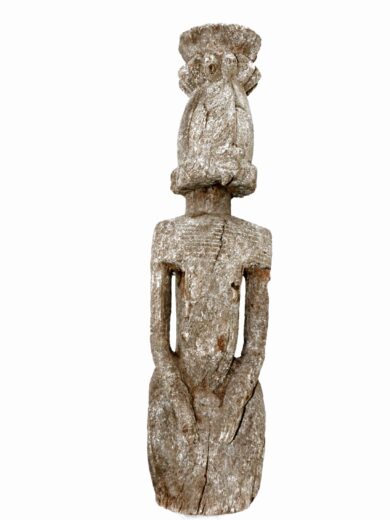
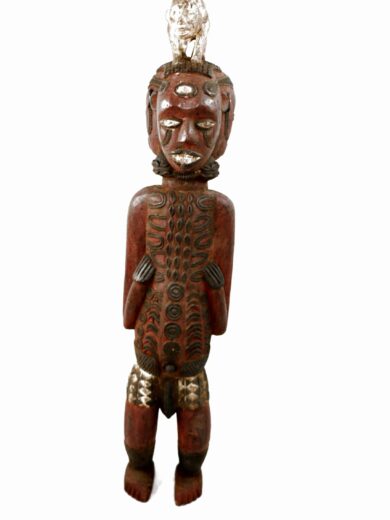
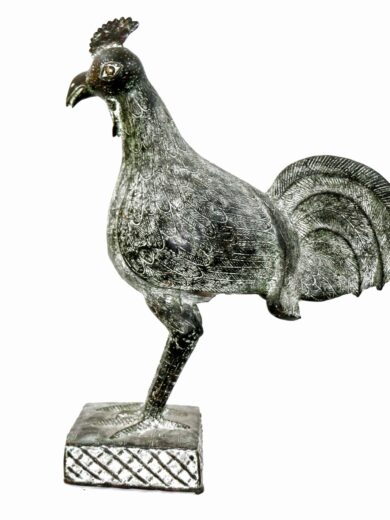
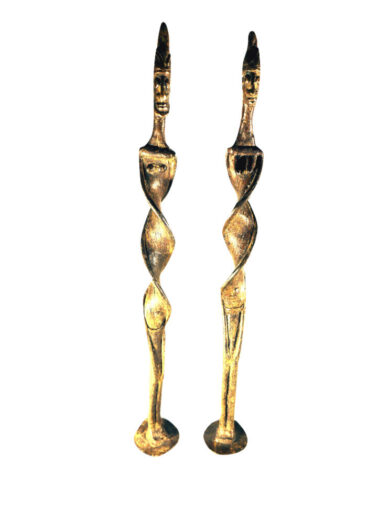
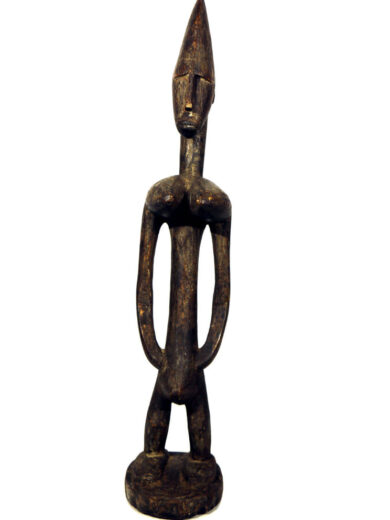
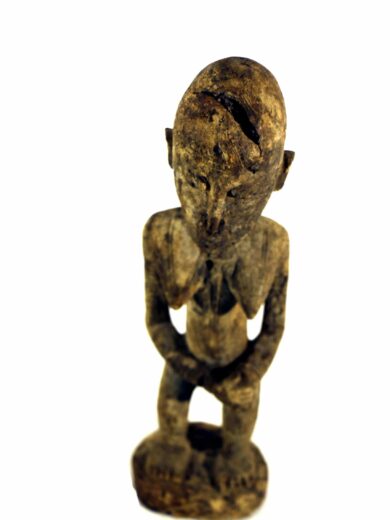
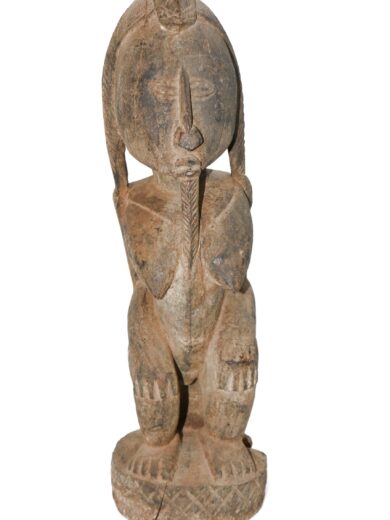
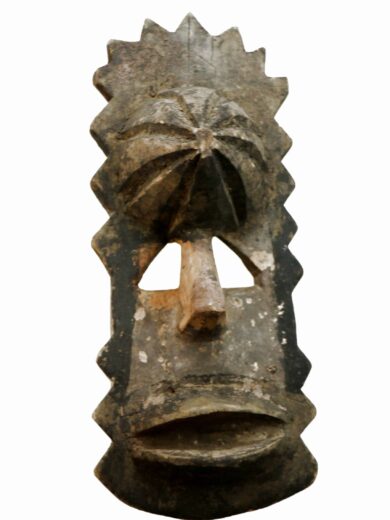
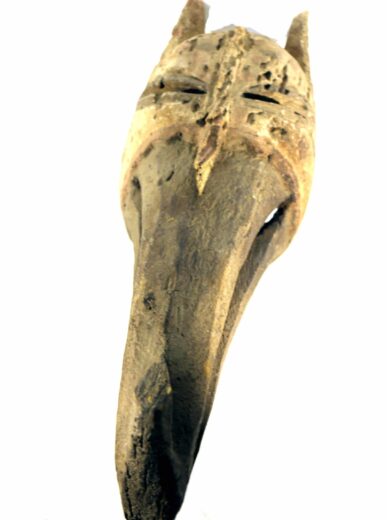

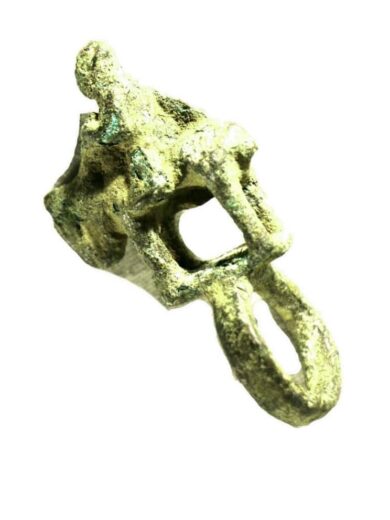


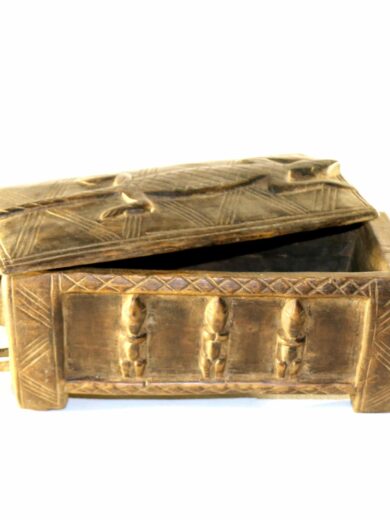
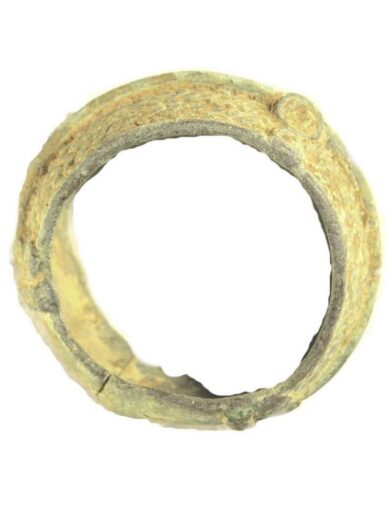
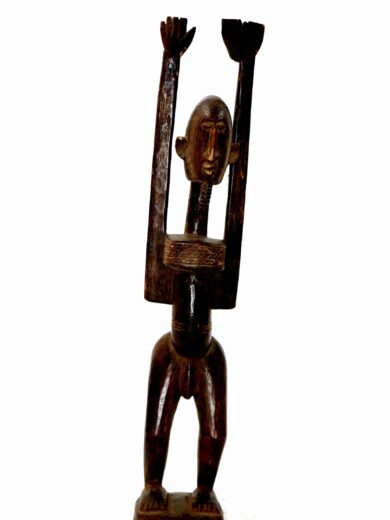

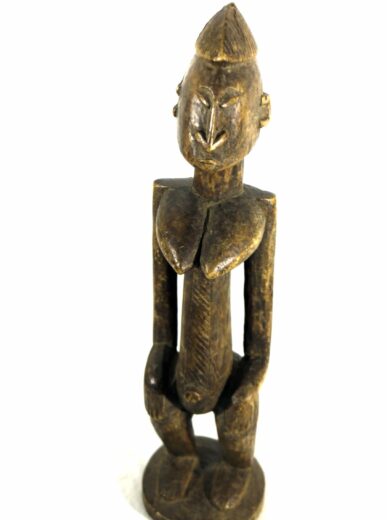
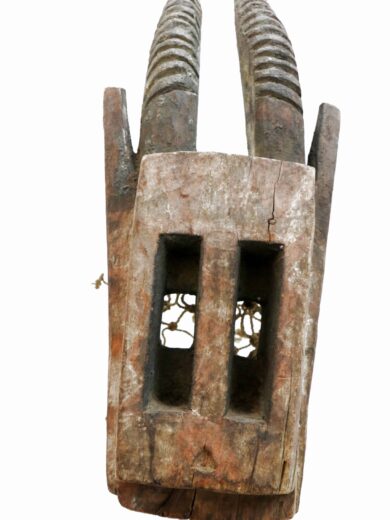
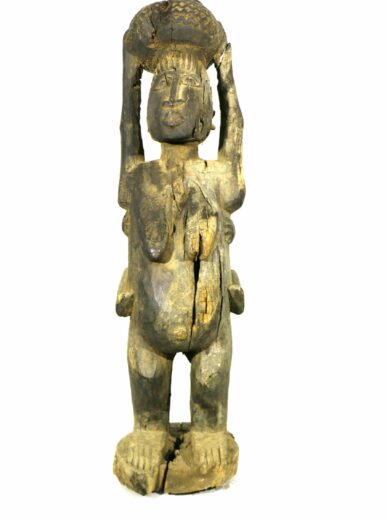
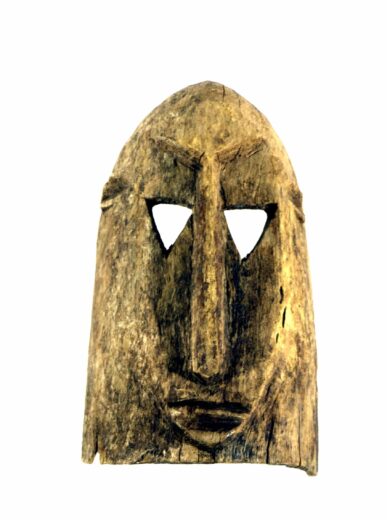
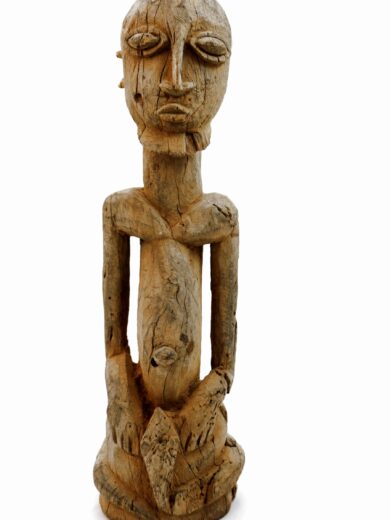
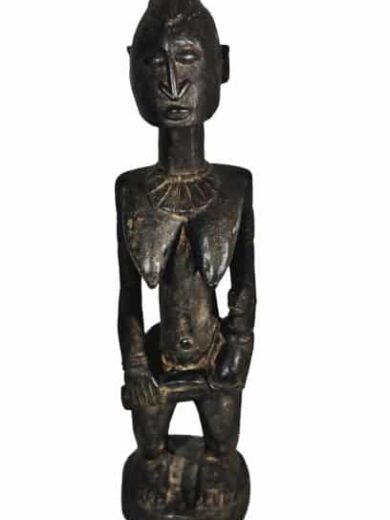
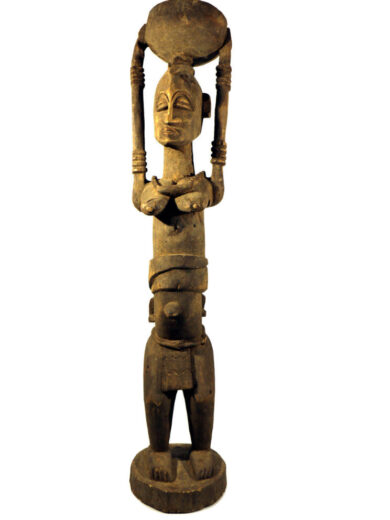
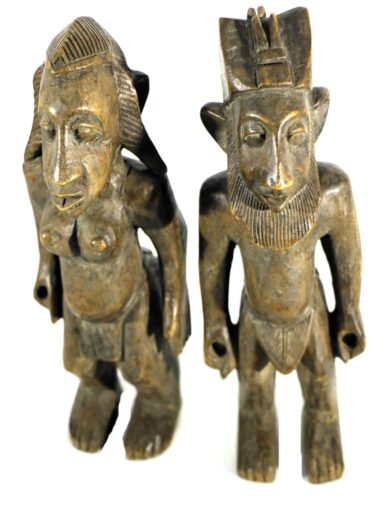
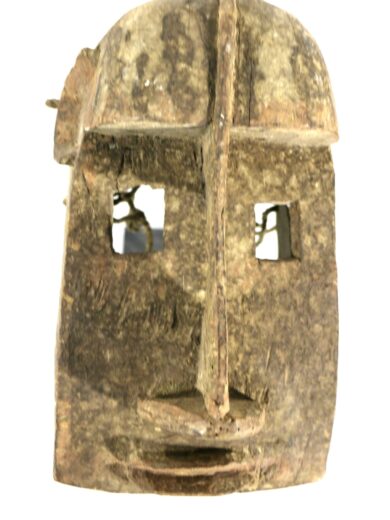

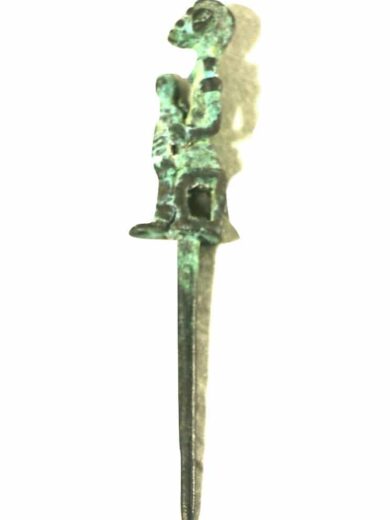

Reviews
There are no reviews yet.